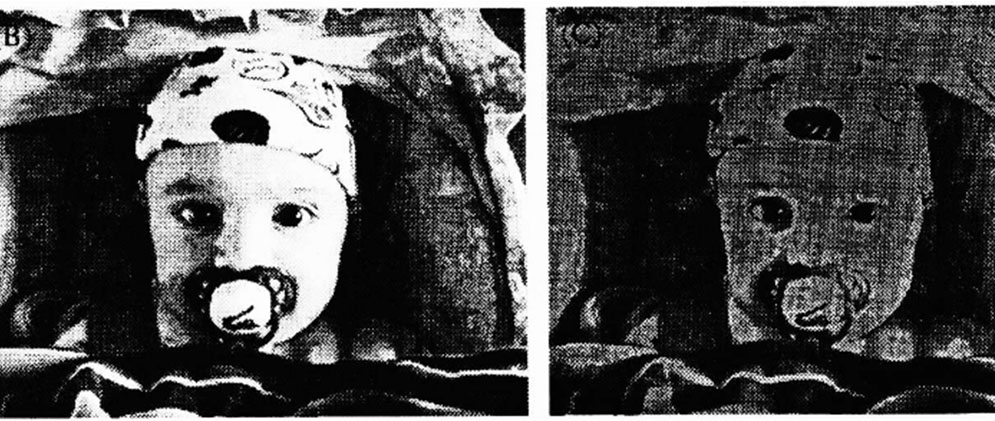High Dynamic Range Image Capture and Display
From The Theme
SENSING AND COMPUTING
WHAT IF
What if we could develop methods to transform a full range of captured image data into a high-value display for human processing?
WHAT WE SET OUT TO DO
We set out to develop devices to capture, store and display a high dynamic range of image data, with an emphasis on color image-rendering.
WHAT WE FOUND
We conducted a systematic study of the high dynamic range imaging pipeline. First, we used an acquisition system to capture high dynamic range natural scenes for characterization of the input requirements. We built a device capable of displaying complex image data, far beyond the limit of traditional display devices. We conducted psychophysics experiments using this novel display device to measure how the absolute luminance levels, color and surroundings affect visual sensitivity to noise.
This research offers insights into how the statistics of high dynamic range natural scenes and properties of the human visual system can help the design of next-generation digital cameras and display devices.
LEARN MORE
Wandell, B., DiCarlo, J., Rendering High Dynamic Range Images (2000). Proceedings of the SPIE, Image Sensors. Vol 3965, pgs. 392-401, San Jose, CA January 2000.
PEOPLE BEHIND THE PROJECT
 Brian A. Wandell is the first Isaac and Madeline Stein Family Professor. He joined the Stanford Psychology faculty in 1979 and is a member, by courtesy, of Electrical Engineering, Ophthalmology, and Radiology. He is Director of Stanford’s Center for Cognitive and Neurobiological Imaging and Deputy Director of Stanford’s Neuroscience Institute. Wandell’s research centers on vision science, spanning topics from visual disorders, reading development in children, to digital imaging devices and algorithms for both magnetic resonance imaging and digital imaging.
Brian A. Wandell is the first Isaac and Madeline Stein Family Professor. He joined the Stanford Psychology faculty in 1979 and is a member, by courtesy, of Electrical Engineering, Ophthalmology, and Radiology. He is Director of Stanford’s Center for Cognitive and Neurobiological Imaging and Deputy Director of Stanford’s Neuroscience Institute. Wandell’s research centers on vision science, spanning topics from visual disorders, reading development in children, to digital imaging devices and algorithms for both magnetic resonance imaging and digital imaging.
 At the time of the proposal, Feng Xiao was a doctoral student at Stanford University. In 2017, he became the Strategic Advisor at The Stanford Center for Image Systems Engineering in Beijing, China. He is also the founder and CEO of FengYun Vision Technologies, developing tools such as 3D/VR cameras, and the founder and President of SZADI (Silicon Valley ZhongGuanCun Association of Digital Innovations) .
At the time of the proposal, Feng Xiao was a doctoral student at Stanford University. In 2017, he became the Strategic Advisor at The Stanford Center for Image Systems Engineering in Beijing, China. He is also the founder and CEO of FengYun Vision Technologies, developing tools such as 3D/VR cameras, and the founder and President of SZADI (Silicon Valley ZhongGuanCun Association of Digital Innovations) .
